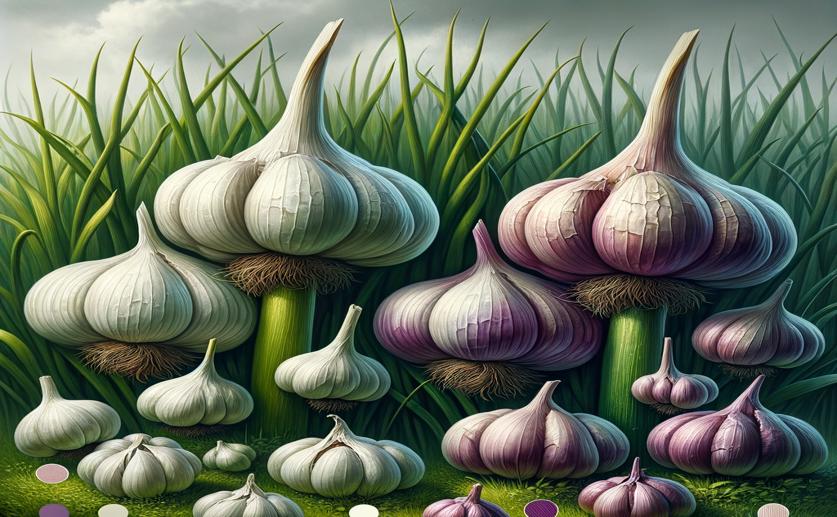
Comparative Study of Antioxidant Power in Two Garlic Varieties: HG17 vs. SMG
Jim Crocker
4th June, 2024

Image Source: Natural Science News, 2024
Key Findings
- Researchers from Kurukshetra University, India, found that Hisar garlic 17 (HG17) has higher antioxidant activity than Snow Mountain garlic (SMG)
- The dry garlic methanolic extract (DgM) of HG17 showed the highest antioxidant potential among various forms and extraction methods tested
- Unique polyphenolic compounds in HG17, such as garcimangosone C, osmanthuside A, and protoaphin aglucone, contribute to its superior antioxidant activity
References
Main Study
1) Comparative study of antioxidant activities of Allium sativum (a novel variety, HG17) and Allium ampeloprasum (SMG): Revealing the higher potential of HG17 and analyzing its phytochemicals.
Published 3rd June, 2024
https://doi.org/10.1111/1750-3841.17133
Related Studies
2) Effect of cooking temperature and time on total phenolic content, total flavonoid content and total in vitro antioxidant activity of garlic.
3) Isolation and characterization of polyphenol type-A polymers from cinnamon with insulin-like biological activity.
Journal: Journal of agricultural and food chemistry, Issue: Vol 52, Issue 1, Jan 2004
4) Immunomodulation and anti-inflammatory effects of garlic compounds.



 21st April, 2024 | Jenn Hoskins
21st April, 2024 | Jenn Hoskins